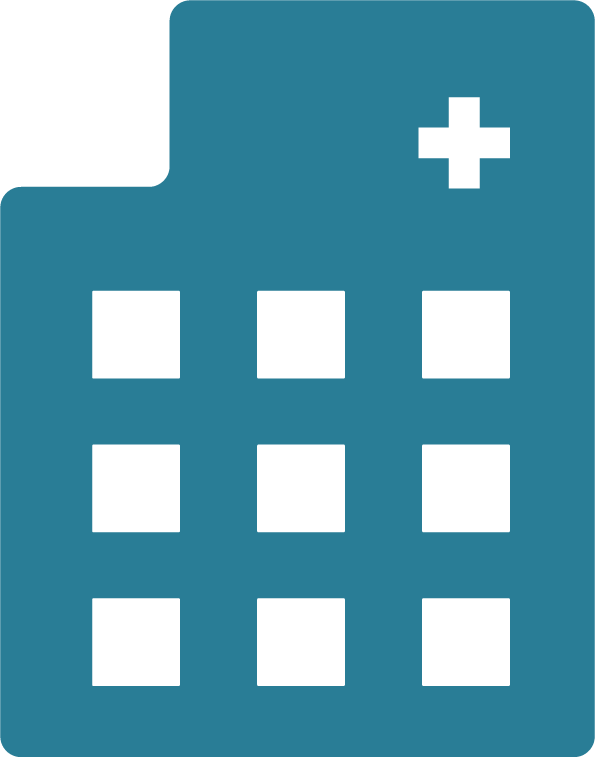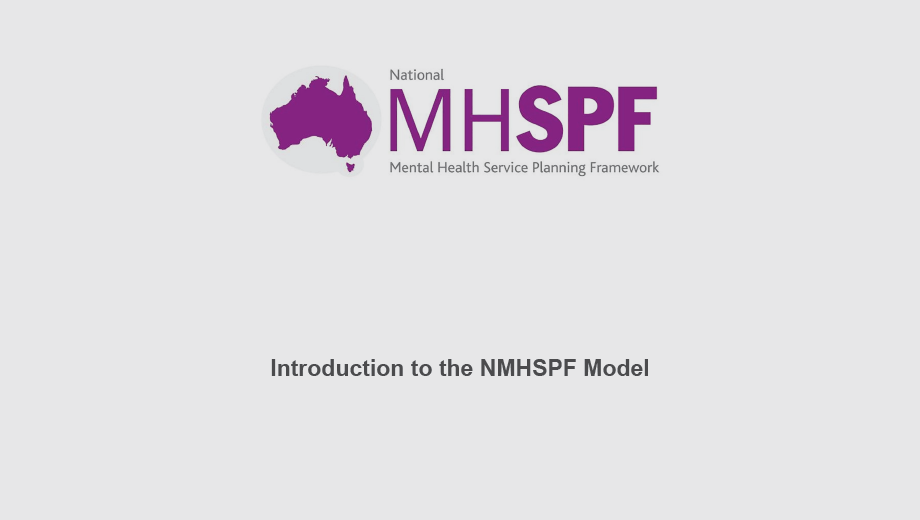National Mental Health Service Planning Framework

The National Mental Health Service Planning Framework (NMHSPF) is a comprehensive model designed to help plan, coordinate, and resource mental health services.

The NMHSPF Planning Support Tool allows users to estimate need and expected demand for mental health care.

People employed by Primary Health Networks, Local Hospital Networks and state and territory health departments with roles relating to mental health service planning are eligible to use the NMHSPF.
What is the NMHSPF?
The National Mental Health Service Planning Framework (NMHSPF) provides a comprehensive model of the mental health care requirements to meet Australia’s population needs. The NMHSPF is an evidence-based framework designed to support coordinated planning across Australia’s mental health system.
The NMHSPF model brings together the best available evidence and expert opinion on:
- the prevalence of mental illness and need for mental health services,
- the types and levels of mental health care required for different need groups, and
- efficient standards of health service operation to deliver this care.
The NMHSPF model outlines how many people need mental health care, the types of services needed, and the volume of specific services required by different groups of people. This is combined with information on service staffing (workforce and funder type) and operations to produce resource targets such as the number of hospital beds required. Each of these components are explained in more detail on the National Mental Health Service Planning Framework site.
The AIHW developed, hosts and maintains the associated NMHSPF-Planning Support Tool (NMHSPF-PST); an interactive data tool that allows local service planners to estimate need and expected demand for mental health care in their area (AIHW 2023).
Watch the video below for an overview of the NMHSPF model, including what it is and how it works (AIHW 2023).
Video: Introduction to the NMHSPF model
People with roles relating to mental health service planning who are employed by Primary Health Networks (PHNs), Local Hospital Networks (LHNs) or state and territory health departments that have a License Agreement with the Australian Government Department of Health and Aged Care are eligible for NMHSPF access (AIHW 2023).
If you are employed by one of these organisations and would like to check whether the organisation has a License Agreement in place, please email your query to [email protected].
Eligible individuals can request access to the NMHSPF by completing the Request access form.
The NMHSPF and its Planning Support Tool are complex to use and require formal training before eligible individuals are granted access. The University of Queensland has developed an online training program to equip people with the required knowledge and skills to correctly use and apply the NMHSPF. The training program is self-paced and there are 4 stages.
Current NMHSPF users are also able to access the training program.
Support materials for the NMHSPF are available for download (AIHW 2023).
For all other general enquiries about the NMHSPF contact [email protected].
Where can I find more information?
For more information, refer to:
Australian Institute of Health and Welfare (AIHW) (2023) National Mental Health Service Planning Framework, AIHW, accessed 13 February 2024.
This section was last updated in April 2024.



